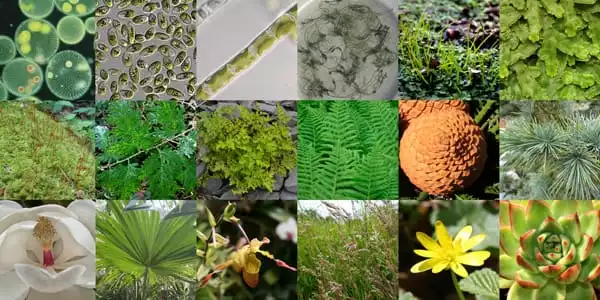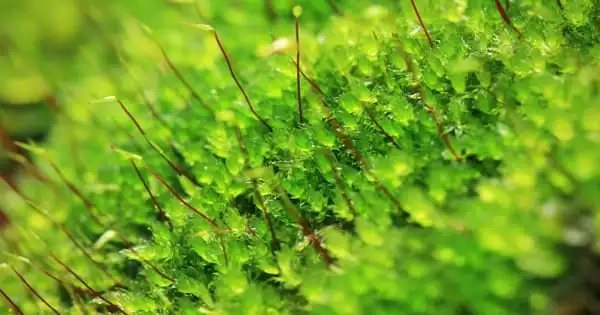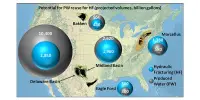Plant fossils preserved in lowland or marine sediments record the evolutionary history of plants. Some fossils preserve the external form of plant parts, while others show cellular features, and still, others are made up of microfossils like pollen and spores. In rare cases, fossils may exhibit ultrastructural or chemical characteristics of the plants they represent. The fossil record reveals a pattern of accelerating rates of evolution combined with increasing diversity and complexity of biological communities that began with the invasion of land and progressed with the progressive colonization of the continents.
Scientists studying one of the world’s largest plant genomic datasets discovered how the first plants on Earth evolved the mechanisms used to control water and ‘breathe’ on land hundreds of millions of years ago. The study, published in New Phytologist by the University of Bristol and the University of Essex, has important implications for understanding how plant water transport systems evolved and how they might adapt in the future in response to climate change.
The evolution of land plants has supported the diversity of life on an increasingly green planet over the last 500 million years. Plants have evolved adaptations such as leaves and roots, which allow them to control water and colonize land. Some of these ‘tools’ evolved in early land plants and can now are found in tiny mosses as well as massive trees that form complex forest ecosystems.
Our analyses shed new light on the genetic basis of the planet’s greening, highlighting the different methods of gene evolution in the diversification of the plant kingdom.
Dr. Jordi Paps
Researchers from the University of Essex’s School of Life Sciences and the University of Bristol’s Schools of Biological Sciences and Geographical Sciences first compared the genes of 532 plant species to investigate the role of new and old genes in the evolution of these adaptations. The team concentrated on 218 genes, which were linked to major innovations in land plant evolution, such as roots and vascular tissues.
They discovered that some early traits required for land plants, such as stomata (pores used by plants to ‘breathe,’ are linked to the origin of new genes. Later innovations, on the other hand (e.g., roots, the vascular system), recycle old genes that emerged in land plant ancestors and demonstrated that different parts of plant anatomy (stomata, vascular tissue, roots) involved in water transport were linked to different methods of gene evolution.
Botanists now believe that plants evolved from algae; the plant kingdom’s development may have resulted from evolutionary changes that occurred when photosynthetic multicellular organisms invaded the continents. Ordovician rocks contain the earliest fossil evidence for land plants, including isolated spores, tracheid-like tubes, and sheets of cells.

“Our analyses shed new light on the genetic basis of the planet’s greening, highlighting the different methods of gene evolution in the diversification of the plant kingdom,” said Dr. Jordi Paps, co-lead author and Senior Lecturer at Bristol’s School of Biological Sciences. It has previously been unclear whether evolutionary innovations are driven by the emergence of new genes or the repurposing of old ones. Our findings show how plants evolved at different points in their history, and how different modes of evolution, such as the emergence of new genes and the recycling of older ones, contributed to the emergence of major innovations critical to the greening of the planet.
According to Dr. Ulrike Bechtold, co-lead author, and Senior Lecturer at the University of Essex’s School of Life Sciences, “gives insights into the mechanistic changes that underpin water uptake and transport, which are important for plant health and productivity It enables researchers to select and investigate the function of old, repurposed, and new genes in the laboratory, with the goal of identifying genes that reduce water use and improve drought resilience in crop plants.”
Plants frequently grow with a little help from their fungal friends, and ancient embryophytes were no exception. Some of the earliest fossils show evidence of symbiotic relationships between plants and fungi, with fungi scavenging for scarce nutrients in exchange for carbohydrates produced by the plant.
Dr. Alexander Bowles of Bristol’s School of Geographical Sciences, one of the study’s co-authors, added: “This work is important for the future as well as for helping us make sense of the past. We can start to understand the limiting factors for plant growth by understanding how water transport systems have evolved. This is especially important when considering crop growth and drought resistance.”
















